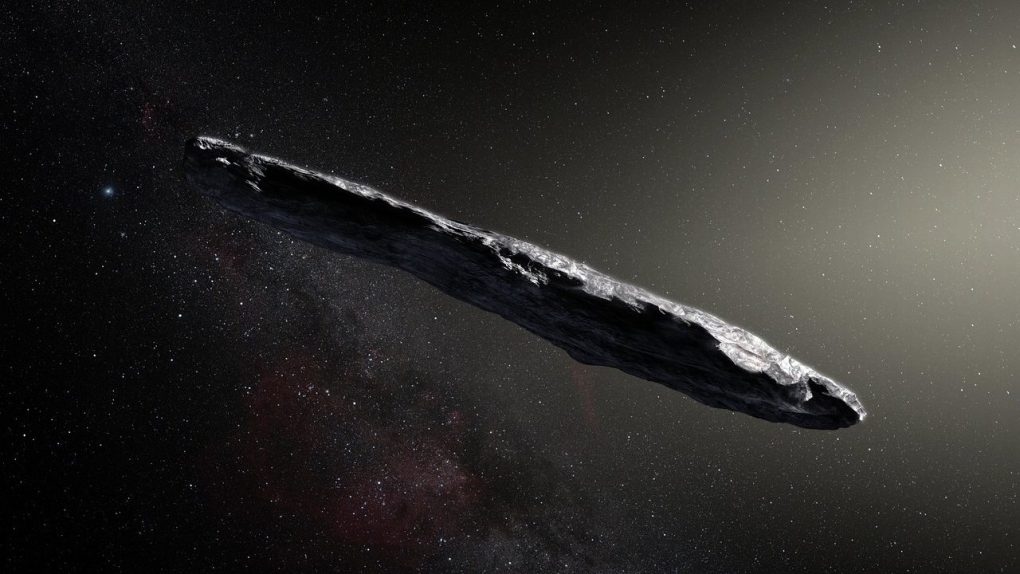- The mysterious, cigar-shaped asteroid that zipped through our solar system back in 2017 may have been a piece of alien space junk.
- Harvard professor Avi Loeb suggests that the object could have been a discarded piece of trash from an alien civilization residing nearby.
- The asteroid’s shape and bizarre behavior are what led Loeb to this theory, though he’s hardly the only one that has suggested it.
Back in 2017, something very strange passed through our solar system. It was the first interstellar object ever to be spotted by mankind, and it was unlike anything astronomers had ever seen. It was a long, cigar-shaped object that was spinning rapidly and was dark red in color. Initially, scientists believed it was an asteroid, but then the consensus seemed to shift to it being a comet before the scientific community largely agreed it had to be an asteroid.
Among all that confusion and rapid data-gathering as the object cruised back out into interstellar space, some began to wonder if the object could have been evidence of an alien civilization. Was it a probe sent to monitor Earth? Was it a spacecraft with an alien crew inside? Or perhaps a piece of junk flung toward our planet after being discarded by a space-going alien race? Harvard professor Avi Loeb published a paper shortly after the discovery suggesting the possibility that the object, named Oumuamua, had alien origins, and he’s’ not backed down since.
At the time, Loeb’s paper was considered highly controversial. Many in the astronomy community criticized it openly, suggesting that Loeb had written it simply for attention and that it had little to no scientific merit. However, there are a number of things about Oumuamua that have yet to be totally explained.
For starters, the object’s shape was highly unusual. Researchers have proposed theories that potentially explain how an asteroid could take on a cigar-like shape over time, but the fact that we’ve never seen anything even remotely like it is worth noting. On top of that, the object actually sped up as it exited the solar system. After an object rounds the Sun, it should slow down as it speeds away from the star due to the pull of gravity. That didn’t happen with Oumuamua.
Some scientists have proposed that the object was “outgassing,” or propelling itself and gaining speed due to heated gasses escaping it after its close encounter with the Sun. That’s possible, but Loeb suggests another explanation.
As SlashGear reports, Loeb is about to release a new book in which he argues that, based on new calculations, the object might not have been long and cylindrical, but actually thin and disk-shaped. Loeb argues that it may have been a remnant of a solar sail, which is a still largely theoretical component of a propulsion system that would use the particles speeding away from a star to actually carry an object along and eventually reach high speeds.
Now that the object is long gone, and the scant data we have on it has been studied over and over, it’s unlikely that we’ll ever be able to definitively say what Oumuamua actually was. Still, Loeb’s theory is tantalizing, as it would mean that there is an alien civilization possibly residing nearby, and if we are seeing its trash, we might eventually be able to see who made it.








